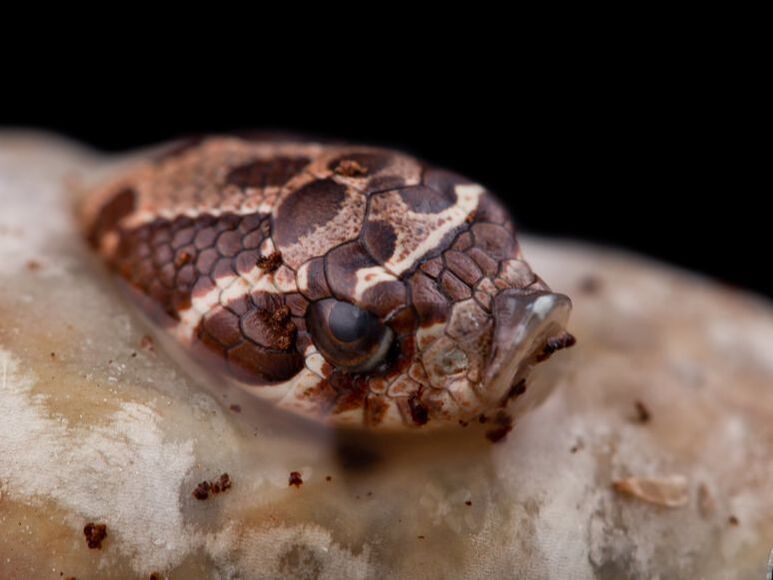0 Comments
Leave a Reply. |
AuthorAs the owner and primary customer service associate for Ectotherm Empire I frequently handle questions about Hognose care. People want to learn and generally want to do what is best for their animals. I don't profess to know everything. There is no way to do so. What I've done is taken my experience working with these animals, my research and understanding into their lives in the natural world, and combined it with help from fellow breeders to construct a relatively comprehensive set of documents. Yes, some things may be missing, or may not fit your situation, but I've done my best to aid in what ways I can. As an Amazon Associate I earn from qualifying purchases. Comparing products by their features, customer reviews, and prices is easy, however, Amazon was chosen almost entirely for uniformity. Nearly everything we use can be found on Amazon. If it can't be, then substitutes are almost always available. All product links in these guides will be found in this color. Thank you for taking the time to look through my wordy ramblings and I wish you happy reading! Categories |


 RSS Feed
RSS Feed